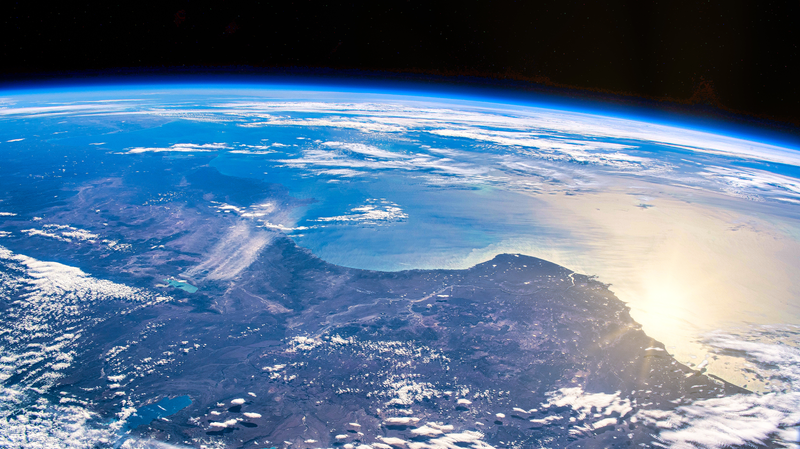Uncovering Earth's Oxygen Odyssey
A new study led by researchers from Chengdu University of Technology and Nanjing University charts how Earth's atmosphere transitioned from nearly no oxygen to modern levels in three major pulses over nearly 2 billion years. By analysing triple oxygen isotopes in ancient sulfates, scientists have captured the most direct record yet of our planet's oxygen journey.
Reading the Oxygen Fingerprints
Triple oxygen isotopes act like tiny time capsules, revealing subtle shifts in the balance of oxygen in the atmosphere and oceans. Variations in the ratios of these stable isotopes are fingerprints of biogeochemical processes. By systematically sampling sedimentary rocks and integrating data from previous research, the team traced the evolving oxygen landscape of early Earth.
Three Major Surges
The record identifies three key oxygenation events:
- Paleoproterozoic Surge (2.4–2.1 billion years ago): Marking the first rise above negligible levels, this phase set the stage for early life.
- Neoproterozoic Surge (~1 billion years ago): Accompanied by shifts in carbon and sulfur cycles, atmospheric oxygen began to interact more actively with the oceans.
- Paleozoic Surge (~440–410 million years ago): Oxygen levels climbed to modern-like concentrations, paving the way for complex eukaryotic life.
Why It Matters
These findings not only illuminate when and how our atmosphere became oxygen-rich, but also provide fresh insights for exploring habitable worlds beyond Earth and understanding the formation of ancient hydrocarbon sources. The study underscores the deep interplay between the atmosphere and oceans throughout Earth’s long history.
As we look to the stars for life, this oxygen roadmap reminds us how planetary habitability emerges through intricate, phased processes. What surprised you most about Earth's oxygen history? Share your thoughts below!
Reference(s):
Scientists trace phased rise of oxygen on Earth over 2 billion years
cgtn.com




